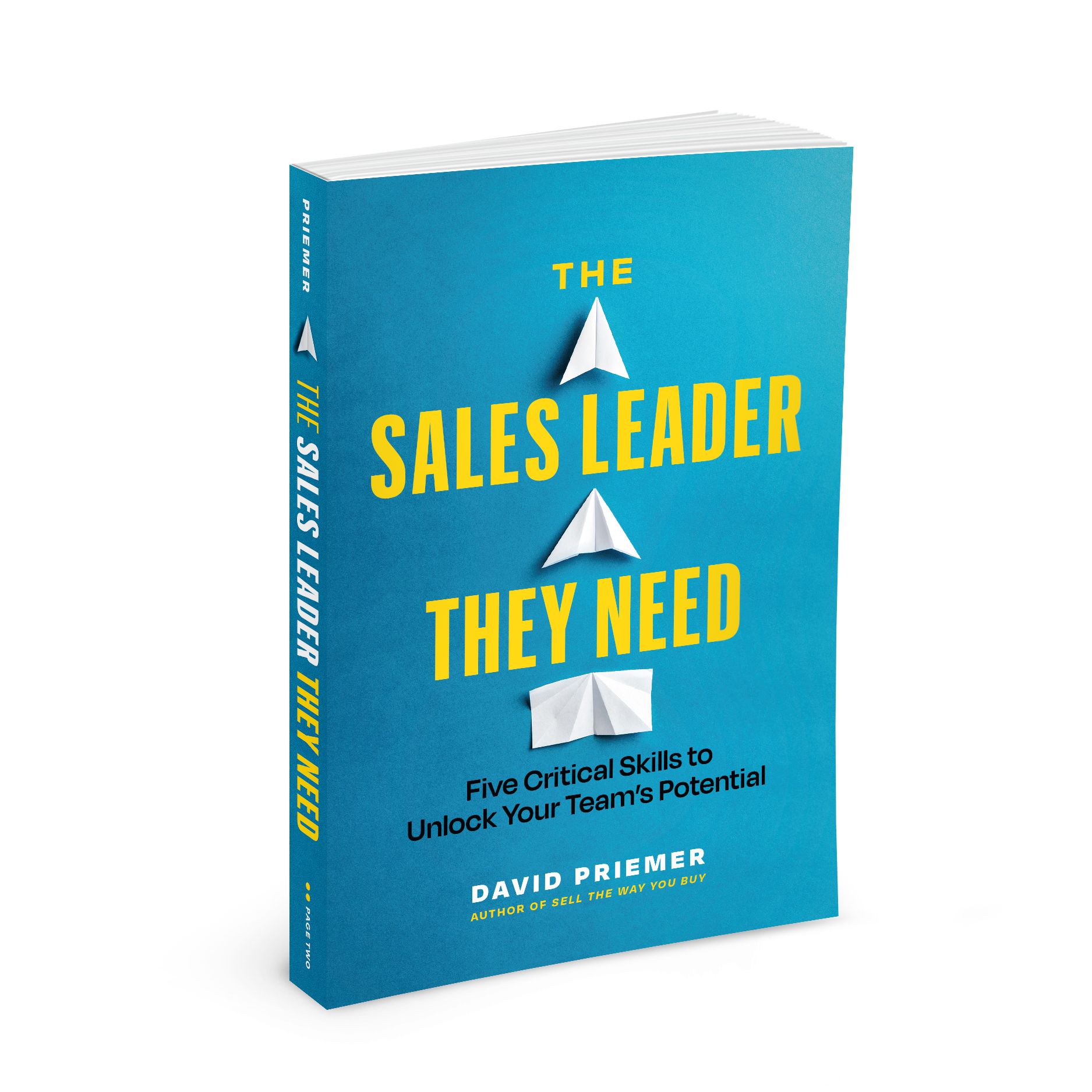Close More Business by Preparing for the “Puppy Conversation”
When you were a kid, did you ever want a puppy? Did you dream of playing fetch, running in the park, or snuggling on the couch with your little buddy? Nothing more awesome than that, right?!?
So what did you do? You got all fired up and with iron-clad resolve, waited until your parents were in a good mood, and finally asked (or perhaps begged) your parents for a puppy.
But rather than the open-and-shut case you were hoping for, what likely followed was a barrage of heated questions intended to shut you down:
“Do you know how much work it is to take care of a puppy?”
“Who’s going to pick up its poop and take it to the vet?”
“Who’s going to walk and feed it every day?”
Or perhaps the dreaded…
“A puppy? Do you remember what happened to the [hamster | goldfish | turtle| or other deceased pet ] we bought you
last year?”
Bottom line: if you didn’t have good answers to these questions, chances are you didn’t get the puppy!

Puppy Conversations in Sales
Unfortunately, puppy conversations aren’t just relegated to our childhood. In the world of sales, puppy conversations (disguised as business conversations) take place ALL the time within the walls of our customer’s organizations.
The customer-side coach or champion you’ve been working with may be completely convinced that your solution is the right one for them, but that may not be enough to get the deal done!
The final decision may need to be vetted through an executive decision-maker or even a planning, financial, or procurement committee. This means that at some point, your champion is going to end up having a puppy conversation inside their organization. In other words, a conversation where the recommendation to buy your product is going to be met with all sorts of pointed questions and objections:
“Why do we have to sign up for a year? Can we have a free trial first?”
“Have we explored at least a few alternative solutions?”
“Are other companies like us using this product?”
“Have we spoken to any references?”
“Why is it so expensive?”
The good news is that if your champion is prepared for these questions and has solid answers ready to go, you stand a fighting chance! Unfortunately, your momentum can be quickly undermined if you let your guard down, put on your happy ears, and count on gravity will pull you over the finish line.
So how can you prepare your champions to have a frictionless puppy conversation? Here are three helpful approaches.
1. Ask and Understand the Process
Take a direct approach by simply asking them what the process looks like. You could also consider baking the asking process into your company’s sales playbook to ensure the team knows that this is a critical step that must be addressed.
“It sounds like our solution is the one you feel can best solve your problems and you’d like to move forward…”
What happens now?
Is there anyone else who needs to sign off on this?
What type of questions do you think they’ll have?
Do you anticipate any left-field objections at this point? If so, by who?”
When you’ve made similar purchases in the past, what did the process to get the deal done look like?
Getting more insight into the steps to close and asking about the questions and objections your champion is likely to encounter is the best way to prepare for the puppy conversation.
Warning: if you plan on taking the direct approach, check out this tactic for helping your customer get more comfortable answering!
2. Arm Them With Your Lingo
One of the reasons your champions lose the internal battle is because they don’t know how to communicate the value of your solution with the same clarity and conviction as you did! That’s why your goal should be to arm them with simple, emotionally charged, high-impact messaging tactics, to describe to others in their organization the problem that you help them to solve. Remember, the value (the feelings your customers buy when they invest in your solution) and the ROI (Return on investment or business case) are two COMPLETELY different things. If your goal is to have your champion rapidly convert their colleagues, you need to arm them with the words that help them use speed and emotions as weapons. For example:
Bad: “The vendor provides a platform to identify and automate the bottlenecks in our administrative processes”
Good: “You know how we’ve been talking about how we spend WAY too much time on administrative tasks that are super time-consuming and add zero value to our business? The vendor works with small businesses just like us to make them go away!”
3. Own It and Be Prescriptive
If your champion is less experienced, new to their organization, or has never purchased a solution like yours at their company, don’t assume they have any of the answers outlined in the direct approach!
My advice: be prescriptive and drive the conversation in the direction you want it to go in and reveal hidden land mines. When engaging your champion, the talk track may sound something like this:
“We’ve worked with many other organizations to buy and deploy our solution, and we’ve found at this stage of the process, your executive/purchasing/planning team may have questions about the cost structure, our approach, the technology, etc. Do you think other members of your team will have these questions? Of course, we’d love to do anything we can to help arm you with the answers you need as you work through the final steps, etc…”
While your champion still may not know what puppy conversation questions are in store for them, raising potential blockers early (and even forecasting the existence of the conversation itself) will prevent them from being blindsided, enhance their credibility within their organization, and result in a more frictionless and timely conclusion to your sales cycle.
Counterpoint: Of course, you’d rather not create roadblocks that don’t exist by surfacing unnecessary uncertainty in the mind of your champion. So how aggressive you should be in preparing your customer for the puppy conversation? Well, that depends on the nature of your business.
Ask yourself, as you get to the final few yards of your sales cycles, how often do certain questions or objections seem to surface? If you hear the same ones come up most of the time, you’re better off attacking them head-on and uncovering them early. In these cases, being proactive rather than reactive will help you reduce the risk of having your sales cycle consistently derailed and improve the accuracy of your forecasting.
Here’s a video that outlines this approach:
As your parents told you as a kid, owning a puppy is a serious responsibility. That responsibility is just as present in business when companies take ownership of products, services, or process changes. No matter what you’re selling, taking a few extra moments to prepare your customers for the tough questions they’ll get from their own organization will no doubt help you close more business, quicker!
BONUS TRAINING VIDEO: Putting the puppy conversation principle into action
We promise never to send you junk or share your email! Just helpful sales insights.














Leave a Reply
Want to join the discussion?Feel free to contribute!